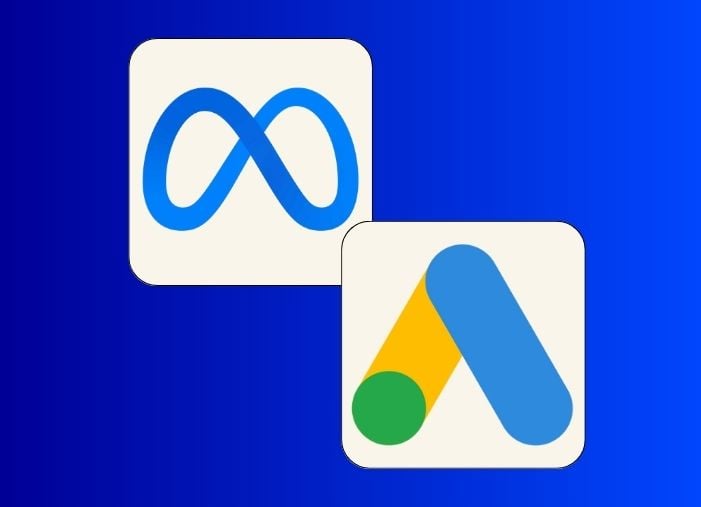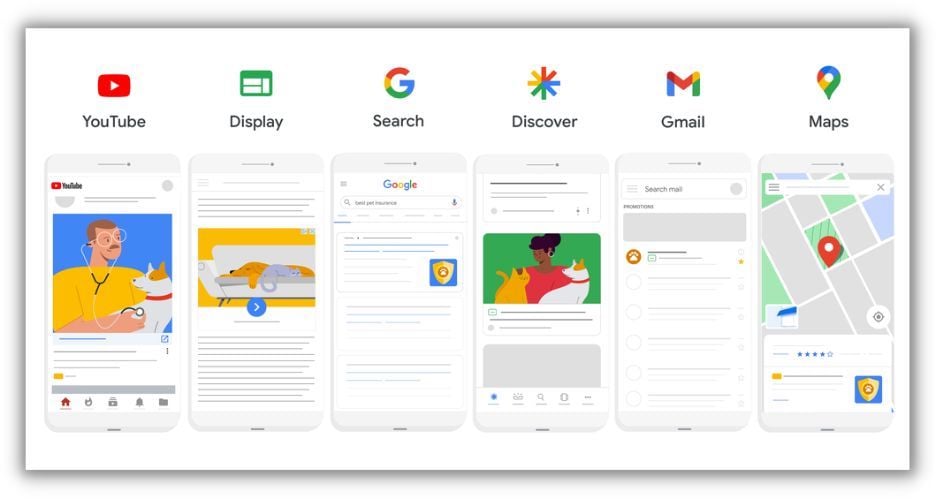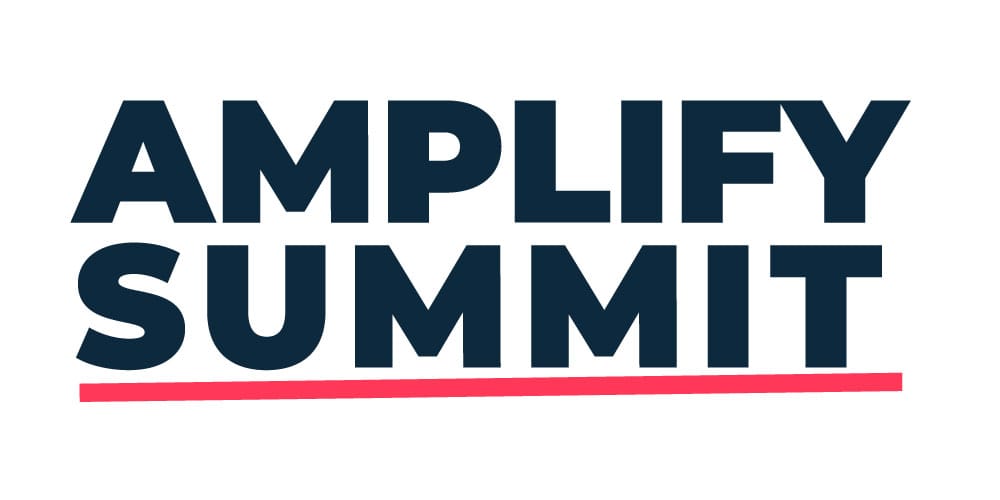Meta Ads vs. Google Ads: 6 Key Differences (+Which Is Better?)
Meta Ads and Google Ads can both help you reach new audiences and connect with new customers on widely used platforms. But what are the major differences? We walk through what you need to know to decide which is best for your business.

Meta Ads vs. Google Ads: Campaign objectives
In both ad platforms, when you create a new campaign, the first step is to pick your campaign objective.
In Meta Ads Manager, the campaign objective is the campaign type. For example, a Traffic campaign or an App promotion campaign will lead to fundamentally different setup processes and campaign capabilities.
In Google Ads, selecting a campaign objective is optional and, in my opinion, not recommended. This selection allows Google to narrow the options available to you later in the setup process. For example, if you choose “Brand awareness and reach” as an objective, Google Ads will only let you select a Display or Video campaign type at the next step.
Once you select a campaign objective (or not), the second step is to select a campaign type. This is where you’ll choose between Search, Display, Performance Max, Discovery, etc.
Meta Ads vs. Google Ads: Platforms and placements
As you probably know, Google Ads allows you to set up Search campaigns so that you can show ads to people based on what they’re searching for. Meta Ads does not have a Search equivalent across its platforms like Facebook, Instagram, and WhatsApp.
However, it’s a common misconception that Google Ads only run on Google platforms like Search, YouTube, Gmail, etc. Google Ads can also run on Search partner sites (non-Google websites that use Google’s technology to power their on-site search). Video Ads can also run on video partner sites (similar concept). And of course, there’s the Google Display Network, a collection of millions of websites that monetize using Google AdSense.

Meta’s version of the Google Display Network is called the Meta Audience Network, and it works similarly. In a Meta Ads campaign, you can manually select your various platforms and networks, or just let Meta optimize this for you.

While Google Ads usually lets you opt in or out of partner sites, more and more campaign types (like Performance Max and conversion-focused video campaigns) force you into all available placements.
Another key difference here is that Meta Ads on Facebook and Instagram must be linked to a page or profile. This means that whenever your ad shows up, users can click on your call to action, but they can also engage with the post or visit your social profile.
Meta Ads vs. Google Ads: Budgets
There are several differences in the way budgets are set up and spent in Meta Ads vs. Google Ads.
Where do you set the budget?
In a Meta Ads campaign, your budget is set at the ad set level. You have the option to turn on Advantage campaign budget, which lets all ad sets within a campaign share a single budget.
In a Google Ads campaign, your budget is set at the campaign level; there is no option for ad group-level budgets.
What kind of budget can I use?
Meta Ads lets you set daily budgets or lifetime budgets, whereas Google Ads campaigns only use daily budgets—except for video campaigns.
The mentality here is that most Google Ads campaigns are designed to be “always on,” whereas Meta Ads campaigns are more frequently flighted. With either platform, in order to set a lifetime budget, your campaign will need to have an end date.
Why is it blowing my budget?!
Even if you do select a daily budget, don’t expect the same outcome on both platforms! Meta Ads and Google Ads both treat your daily budget as an average daily budget, not a maximum daily budget.
Meta Ads may spend up to 25% more than your daily budget on a given day, but over the course of a week, won’t spend more than 7 times your daily budget. Effectively, your “daily budget” on Meta Ads is a weekly budget.
Google Ads may spend up to 100% more than your daily budget on a given day, but over the course of a month, won’t spend more than 30.4 times your daily budget. Effectively, your “daily budget” on Google Ads is a monthly budget.
Meta Ads vs. Google Ads: Targeting
Here are a few differences in the targeting options available in Meta Ads vs. Google Ads.
Lookalikes
You’re probably familiar with the concept of a lookalike audience (Meta Ads verbiage) or a similar segment (Google Ads verbiage). By adding this targeting to your campaign, you can reach new users who exhibit similar online behavior to your existing users.
Unfortunately, Google Ads has said Sayonara to the similar segment; you can no longer add them to campaigns, and as of August 2023, they will stop serving entirely. However, lookalikes are alive and well in Meta Ads, and a common prospecting tactic for those just getting started on the platform.
Key differences between Google Ads and Meta Ads
When evaluating the different capabilities of Google Ads and Meta Ads, think of them as first cousins rather than distant relatives. They share similar DNA but have diverged over time due to different priorities. If you’re well versed in one platform and looking to get started in the other, this is a friendly reminder to do your due diligence (like reading this article!) so that you don’t get tripped up.






















![The Best Time to Post on Instagram in 2024 [For Every Scenario]](https://www.wordstream.com/wp-content/uploads/2023/08/Best-time-to-post-on-Instagram-sprout-social.jpg)

















